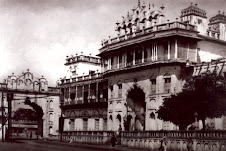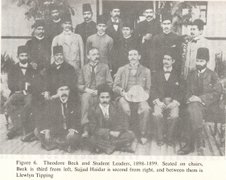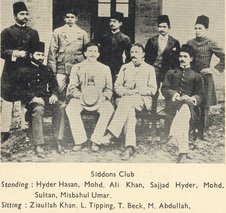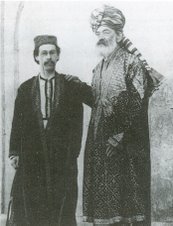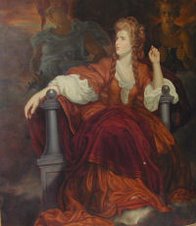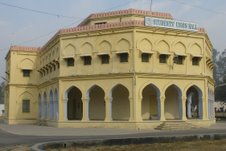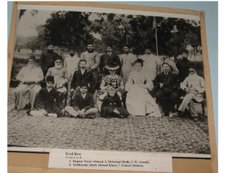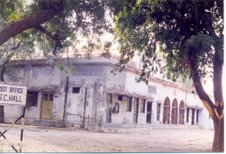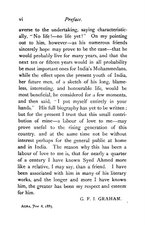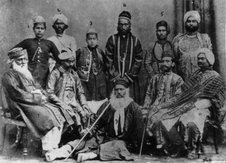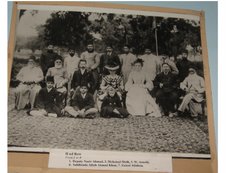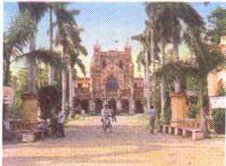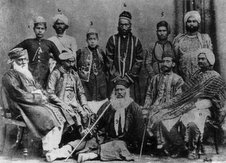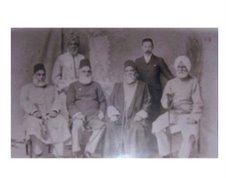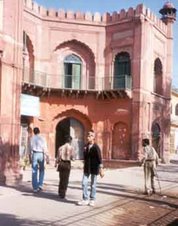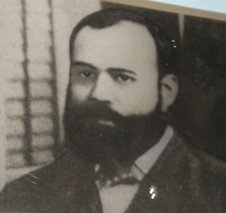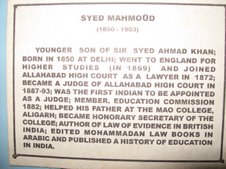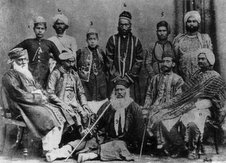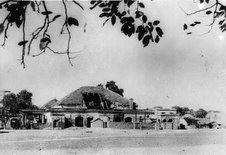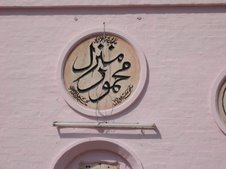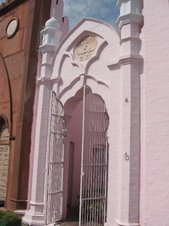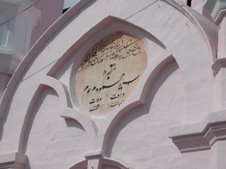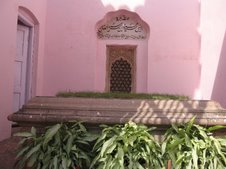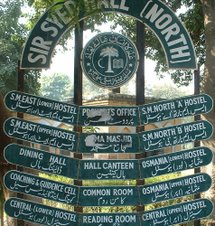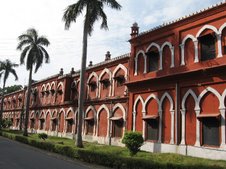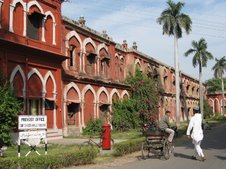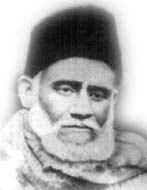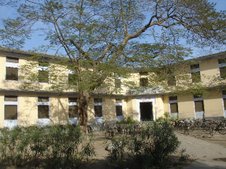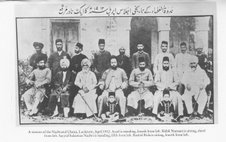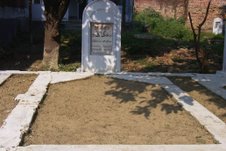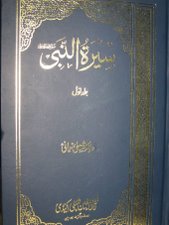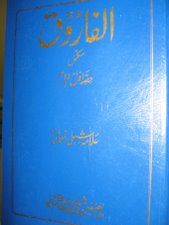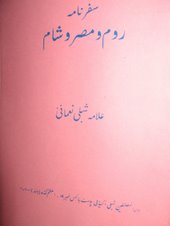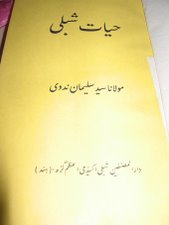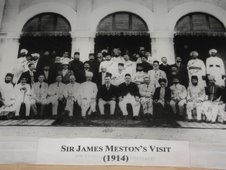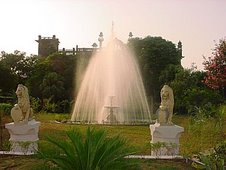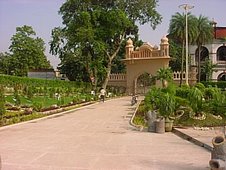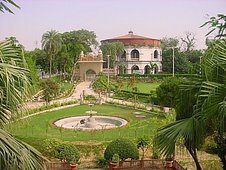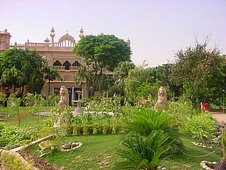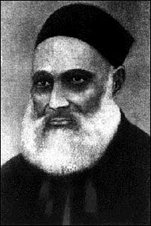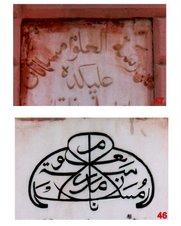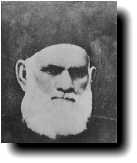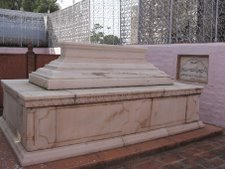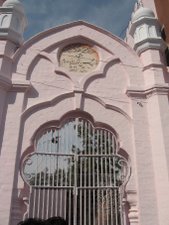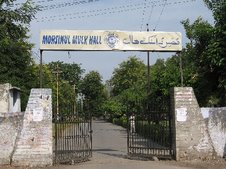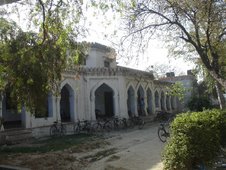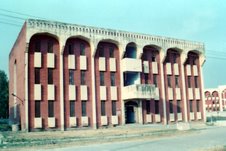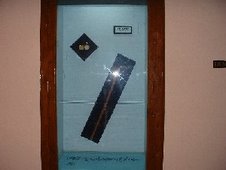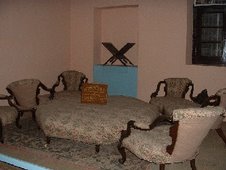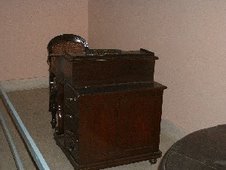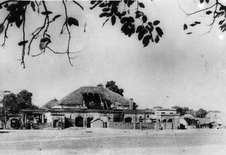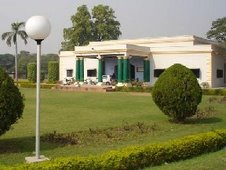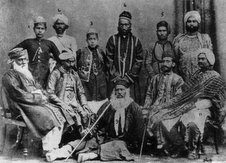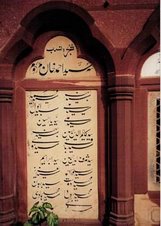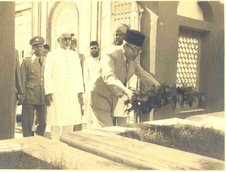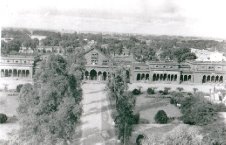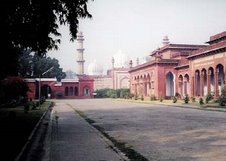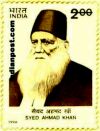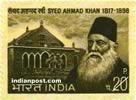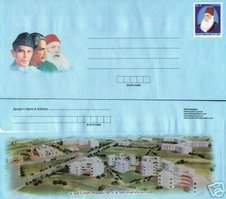Nawab Muhammad Ishaaq Khan
 Nawab Muhammad Ishaaq Khan
Nawab Muhammad Ishaaq Khan
Born: 1860, Delhi
Died: October 28, 1918, Jehangirabad-Meerut(UP)
Secretary of MAO College Board: Jan. 1913- October 28, 1918
President All India Muslim Educational Conference
A compossionate follower & Pillar of Aligarh Movement, son of Nawab Shefta (a great poet and contemporary of Mirza Ghalib), father of EX-Vice Chancelllor, Nawab Ismail Khan, deciple of Maulana Altaf Hussain Haali and an architect by hobby is a small introduction of Nawab Ishaaq Khan, 3rd Secretary of MAO College Management and President of All India Muslim Educational Conference.
Nawab Ishaaq Khan was born in reputed Delhi family and his father was Nawab Mustafa Khan of Jahangirabad, popularly known as Nawab Shefta [1804-1869], a famous friend of Mirza Asadullah Khan, Ghalib. In 1861 Nawab Mustafa Khan (Nawab Shefta) employed Maulana Altaf Hussain Haali to teach his son. The Nawab was himself a skilled poet and critic of Urdu & Persian and wrote under the name of Shefta.
He was district and session Judge at Muradabad when was elected as Secretary of MAO College Management in the last week of January 1913. His term was to expire on July 21, 1915. In March 1915 he announce that owing to his failing health he would not like to continue Secretary any longr. However, later he agreed to br re-elected for next 3 years, till january 1919. But his health broke down and did not completed his term.
Nawab Ishaaq Khan was district & session Judge in Allahabad. During his tenure of MAO College Secretaryship, he invited Sarojni Naidu to MAO College. To commemorate her visit, he, announced an annual donation of a collection of books in the Students’ Union Library, to be known as ‘Mrs. Sarojni Naidu Collection’.
During his job as district and session Judge in Allahbad, he was greatly impressed by the eminence of Pundit Moti Lal Nehru as a lawyer. When his son Nawab Ismail Khan returned from England after becoming a barrister at law, Nawab Ishaaq Khan made him start his legal practice as assistant lawyer to Pundit Moti Lal Nehru who prevailed upon Nawab Ishaaq Khan to let his son stay with him as his guest. So he stayed in Anand Bhawan for a couple of years. He had a life long friendship with Pundit Jawaher Lal Nehru and Mrs. Vijay Lakshmi Pundit.
Nawab Ishaaq Khan was a very good architect also. He himself designed a building with the help of some assistants who had experience of building barracks for the British army. The building is in Meerut (UP) and named after his father, Mustafa Castle. He amalgamated many styles of architecture in building Mustafa Castle. It has all the facilities which British bungalows provide. It has prominent features of the buildings of Rajasthan and Oudh area, mainly Lucknow. But as result of this amalgam the facade of Mustafa Castle is absolutely unique. This building was completed in 1900. Nawab Mustafa Khan's mother (grand mother of Nawab Ishaaq Khan) was the daughter of the Commander in Chief of the Mughal army, Ismail Baig Hamadani. Even after the surrender of the Mughal army he continued his fight against the British and finally retreated to Nepal. Nawab Mustafa Khan was tried for supposedly supporting the uprising which had emanated from Meerut. He was sentenced to seven years imprisonment. He was confined in a cell of the military jail of Meerut cantonment which had been improvised for the convicts of the 1857 uprising and was later abandoned.
This small jail happened to be right in the centre of the area which comprises Mustafa Castle. It was purchased by Nawab Ishaq Khan along with the adjoining area comprising nearly 30 acres of land. He then built Mustafa Castle as his homage to the memory and honor of his father Mustafa Khan. The cell in which he was imprisoned was retained in its original shape in the building he constructed.
The following outstanding persons have visited and stayed in Mustafa Castle.
Mahatma Gandhi. Three days during the Khilafat Movement
Jawaher Lal Nehru. Three days during the Khilafat Movement
Mohammad Ali Jinnah. Twice during the Pakistan Movement
Mrs. Naidu. Many times over a period of 30 years
Maulana Abdul Kalam Azad. Two or three times
Maulana Mohammad Ali. Many times
Maulana Hasrat Mohani. Many times
Bahadur Yar Jang of Hyderabad. Once
Mrs. Vijay Lakshmi Pundit, Many Times
Vitthal Bhai Patel. Elder brother of Vallabh Bhai Patel. Twice
Bhula Bhai Desai. Twice.
Govind Vallabh Pant. Twice
Liaquat Ali Khan. Many, many times













